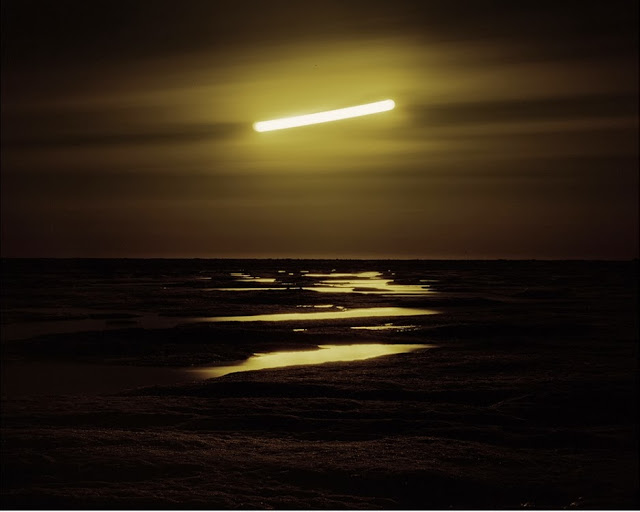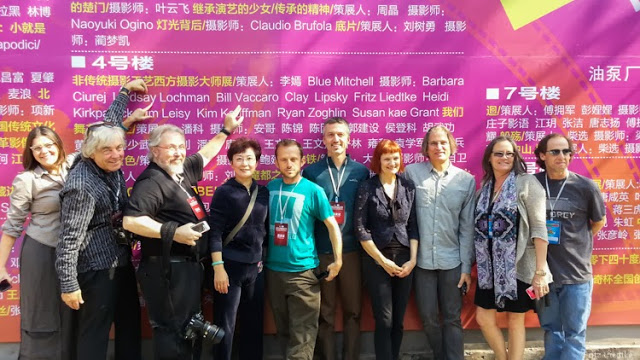A deeply affecting look at the reality of America’s wars in Iraq and Afghanistan from 2006-2008. Through Peter van Agtmael’s lens, a delicate humanity emerges amid the chaos and brutality of combat.
As an embedded photographer, van Agtmael follows the great sweep of the war with his camera — from graphic casualties, medical evacuations, and the aftermath of suicide bombings to moving portraits of young soldiers and their families recuperating, mourning, and surviving the harrowing consequences of war. Throughout, van Agtmael’s diaristic narrative provides context for the horrors he witnessed, while often revealing the dark, inevitable ironies that occur in an environment where the necessities of daily life are forced to intersect with unspeakable violence and death. By turns gritty, haunting, and deeply moving, the book is a document of loss — and a cogent reminder of the costs of war.
– Laura Valenti, Newspace Center for Photography
Softbound, 112 pages, 74 photographs








